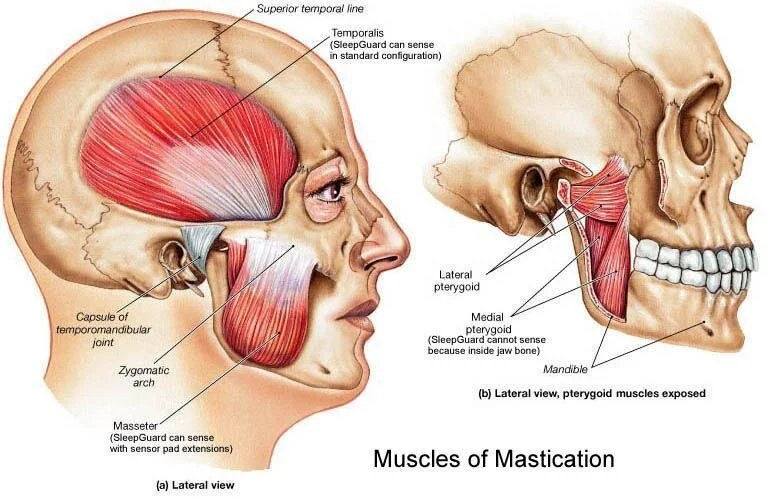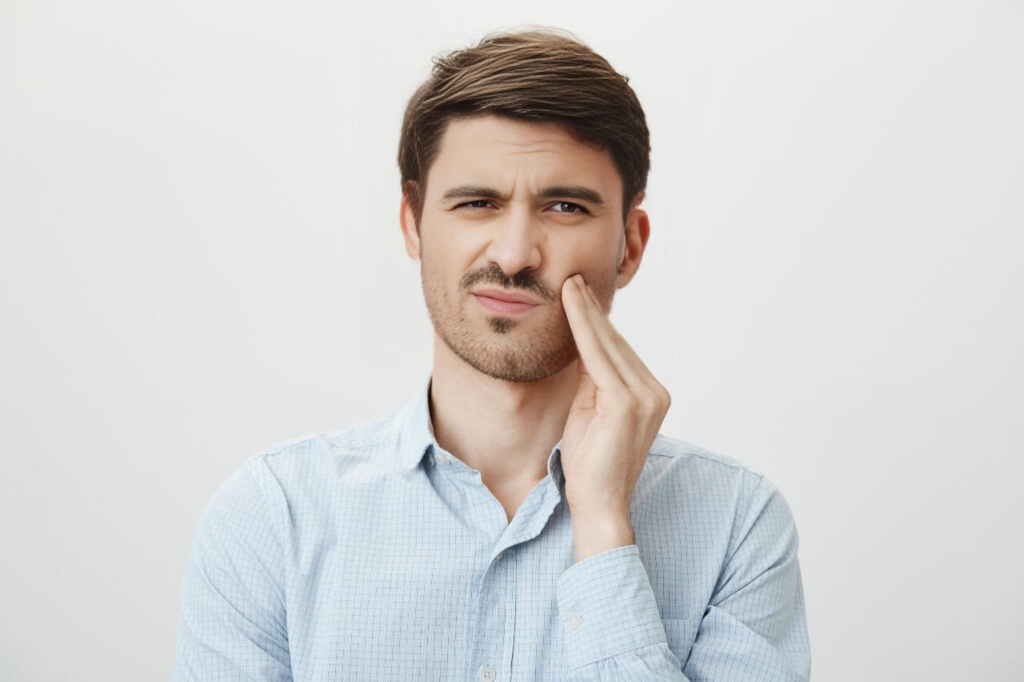How to Fix Lockjaw: Causes, Symptoms and Treatments
Introduction
Lockjaw refers to the inability to open the jaw fully, which can be caused by different conditions, notably tetanus and temporomandibular joint (TMJ) dysfunction. Understanding these conditions helps in distinguishing their causes, symptoms, and treatment options.
1. Tetanus: A Rare Cause of Lockjaw
Tetanus is a bacterial infection caused by Clostridium tetani, which produces toxins affecting the nervous system, leading to severe muscle contractions, including those of the jaw, known as trismus or lockjaw. Although rare in developed countries due to widespread vaccination, it remains a serious condition.
Symptoms of Tetanus Include:
- Painful muscle spasms, especially in the jaw and neck.
- Difficulty swallowing or breathing.
- Fever, sweating, and increased heart rate.
Treatment: Tetanus requires immediate medical intervention, including antitoxins, antibiotics, muscle relaxants, and vaccination if the patient isn’t already immunized.
2. TMJ Dysfunction: A More Common Cause of Lockjaw
TMJ dysfunction involves issues with the temporomandibular joint, which connects the jaw to the skull. This dysfunction can lead to pain, limited jaw movement, and in severe cases, lockjaw. Common causes include injury, arthritis, and poor posture.
Symptoms of TMJ Dysfunction Include:
- Pain or tenderness in the jaw.
- Clicking or popping sounds when opening or closing the mouth.
- Difficulty chewing or opening the mouth wide.
- Headaches, earaches, or neck pain.
3. Posture and Its Impact on TMJ Function
Poor posture, especially forward head posture, can strain the muscles around the neck and jaw, worsening TMJ dysfunction. Slouching or keeping the head forward can misalign the jaw, leading to increased pressure on the TMJ, contributing to muscle tension and joint inflammation.
How Posture Affects TMJ:
1. Forward Head Posture and Increased Strain

Forward head posture occurs when the head is positioned too far in front of the body, often as a result of prolonged computer use, texting, or slouching. This posture shifts the balance of the head, placing additional strain on the muscles of the neck, shoulders, and jaw. The altered positioning can create tension in the muscles that control the TMJ, leading to:
- Jaw misalignment: The position of the jaw may shift, causing the TMJ to function improperly.
- Increased muscle tension: The muscles involved in jaw movement, such as the masseter, temporalis, and pterygoid muscles, can become overworked, leading to pain and dysfunction.
2. Impact on the Occlusion and Bite
Bad posture, particularly involving neck misalignment, can alter the way the upper and lower teeth come together (occlusion). This can cause:
- Abnormal bite pressure: Uneven bite forces can result in uneven wear on the teeth and excessive strain on the TMJ, contributing to pain and discomfort.
- Malocclusion (misaligned bite): Prolonged bad posture may exacerbate or contribute to malocclusion, further affecting TMJ function.
3. Increased Joint Compression

Poor posture can lead to increased compression within the TMJ itself. When the head is positioned forward, the lower jaw (mandible) is often forced into a retruded (backward) position. This can result in:
- Pressure on the TMJ: The backward displacement of the jaw may increase pressure on the joints, leading to inflammation, pain, and restricted movement.
- Cartilage wear: Over time, this increased compression can contribute to degenerative changes in the TMJ, such as cartilage wear or displacement of the articular disc.
4. Neck and Shoulder Imbalance
Slouching or rounded shoulders contribute to muscle imbalances in the upper back, neck, and shoulders, affecting TMJ function indirectly by:
- Reducing mobility: Tight muscles in the neck and shoulders can limit movement in the jaw, leading to restricted range of motion in the TMJ.
- Tension headaches and neck pain: Bad posture can cause or worsen tension headaches and neck pain, often overlapping with TMJ-related symptoms, making it harder to pinpoint the source of discomfort.
5. Chronic Pain and TMD
Chronic bad posture can perpetuate a cycle of pain and dysfunction. Over time, poor alignment and muscular strain may lead to temporomandibular disorders (TMD), which are characterized by symptoms such as:
-
- Jaw pain or tenderness
- Clicking, popping, or locking of the jaw
- Difficulty chewing or speaking
- Earaches, headaches, and facial pain
4. Chiropractic Care and TMJ Dysfunction
Chiropractic care can be highly effective in managing TMJ dysfunction by addressing the underlying musculoskeletal issues contributing to the condition.
Chiropractic Interventions for TMJ Dysfunction:
- Spinal Adjustments: Correcting misalignments in the cervical spine improves posture, which reduces strain on the TMJ.
- Jaw Mobilization: Gentle adjustments to the TMJ itself can restore movement and reduce tension in the joint.
- Myofascial Release: This technique helps relax tight muscles around the jaw and neck, relieving tension that exacerbates TMJ pain.
- Postural Corrections: Chiropractors often guide posture improvement through adjustments, stretches, and ergonomic advice, promoting healthier TMJ function.
By improving both posture and the alignment of the jaw and spine, chiropractic care can significantly reduce TMJ-related symptoms and improve quality of life.
5. Exercises to Support TMJ Function
In addition to chiropractic care, certain exercises can strengthen the muscles around the jaw, reduce tension, and improve joint function.
Key TMJ Exercises:
-
Jaw Relaxation Exercises:
- Place your tongue on the roof of your mouth.
- Slowly open and close your mouth, keeping the jaw relaxed.
- Perform 10-15 repetitions, 2-3 times a day.
-
Chin Tucks:
- While sitting or standing, tuck your chin back gently to align your head with your spine.
- Hold the position for 5-10 seconds, repeating 10 times daily.
- This exercise helps correct forward head posture.
-
Jaw Strengthening:
- Place a small object, such as a pencil, between your teeth.
- Gradually increase the thickness of the object over time to strengthen the muscles involved in jaw movement.
-
Neck Stretches:
- Gently stretch the neck by tilting your head to one side, holding the position for 20-30 seconds.
- Repeat on the other side to reduce tension in the neck muscles that affect the TMJ.
-
Resisted Mouth Opening:
- Place your thumb under your chin and gently press as you try to open your mouth.
- Hold for 5-10 seconds and repeat 5-10 times.
- This exercise strengthens the muscles that control jaw movement.
Conclusion
Lockjaw can arise from both tetanus and TMJ dysfunction, though the latter is much more common. Poor posture significantly affects TMJ function, and chiropractic care offers a holistic approach to addressing both posture-related and jaw-related issues. In conjunction with specific exercises, chiropractic treatment can help alleviate symptoms, restore proper function, and prevent recurrence.

